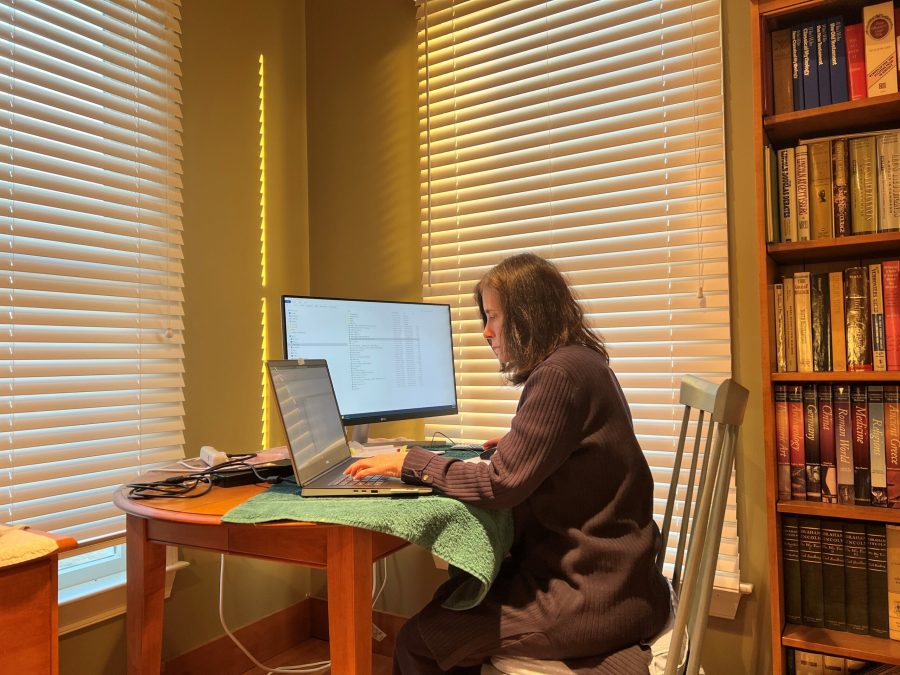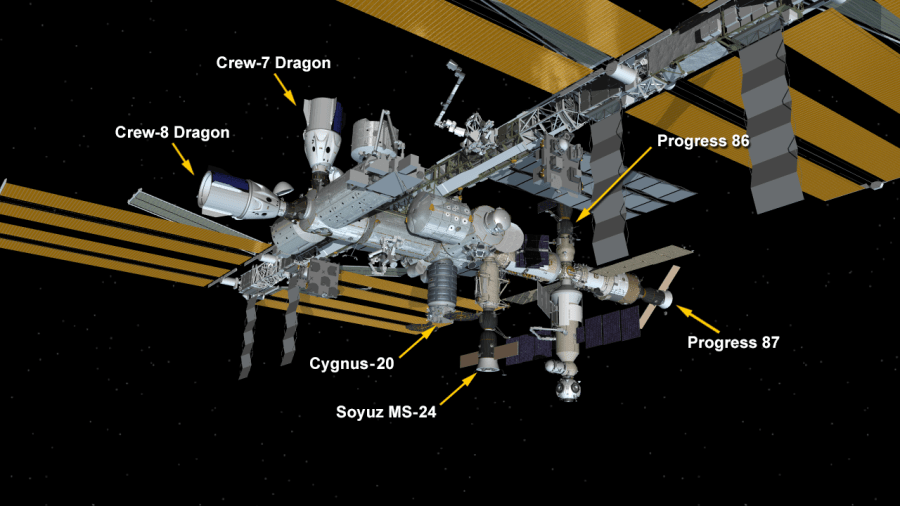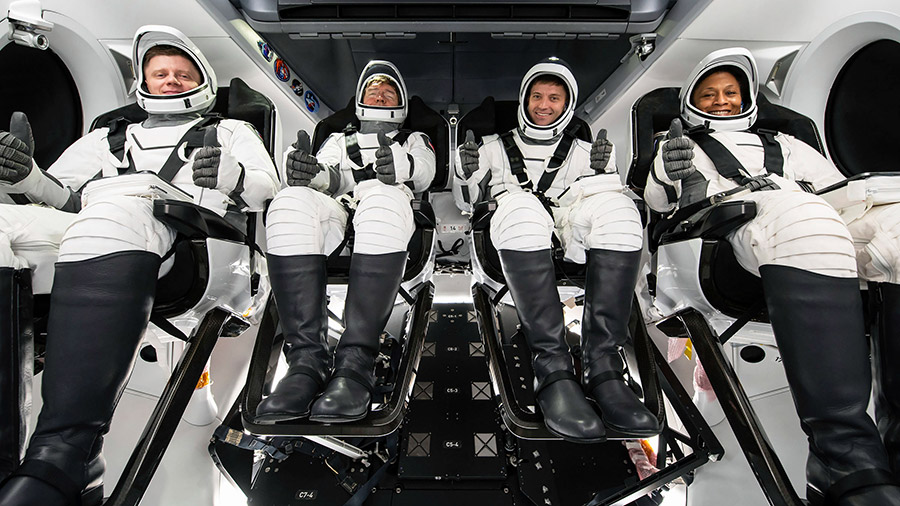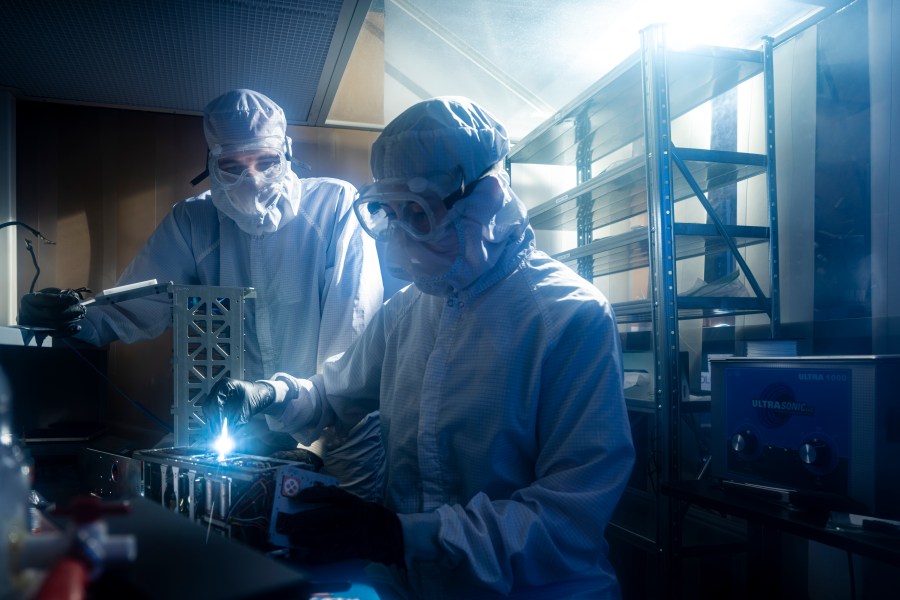11 crew members now reside aboard the International Space Station following the arrival of the SpaceX Crew-8 mission early Tuesday morning. The four new Crew-8 members will spend the next few days getting used to life on orbit as four Expedition 70 crewmates pack up for their return to Earth. The SpaceX Dragon “Endeavour“ spacecraft …
Expedition 70 Welcomes Four New Crewmates, Quickly Gets to Work
































